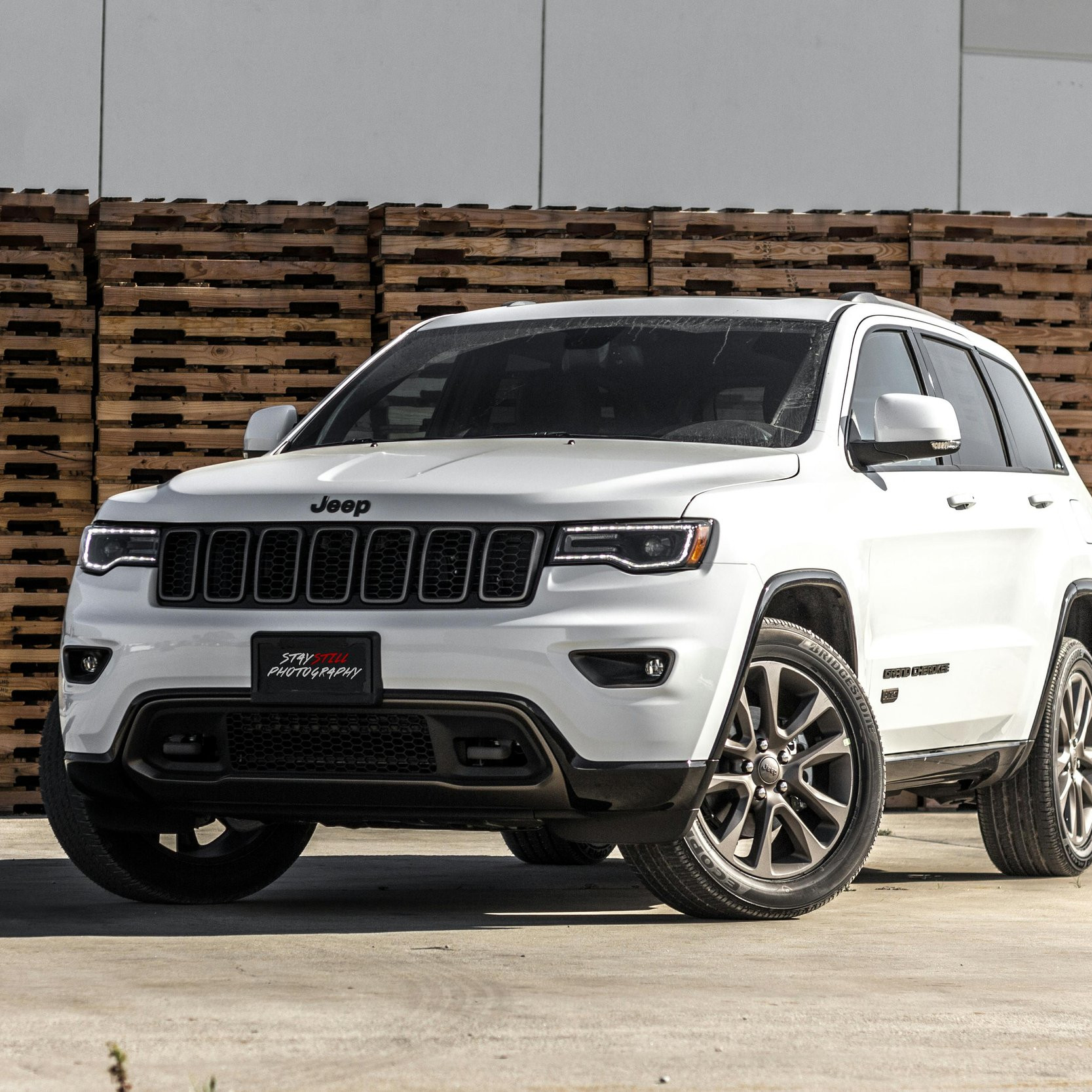
Auto insurance typically provides coverage for vehicle damages, liability for injuries or damages to others, and medical expenses from accidents. Common coverage types include:
Several factors affect your auto insurance premiums:
Higher deductibles typically lower your premium but increase out-of-pocket costs when filing a claim. Lower deductibles raise your premium but reduce your expenses during claims.
Homeowners insurance provides financial protection for your home and belongings against various risks. Standard policies typically include:
Homeowners insurance generally excludes:
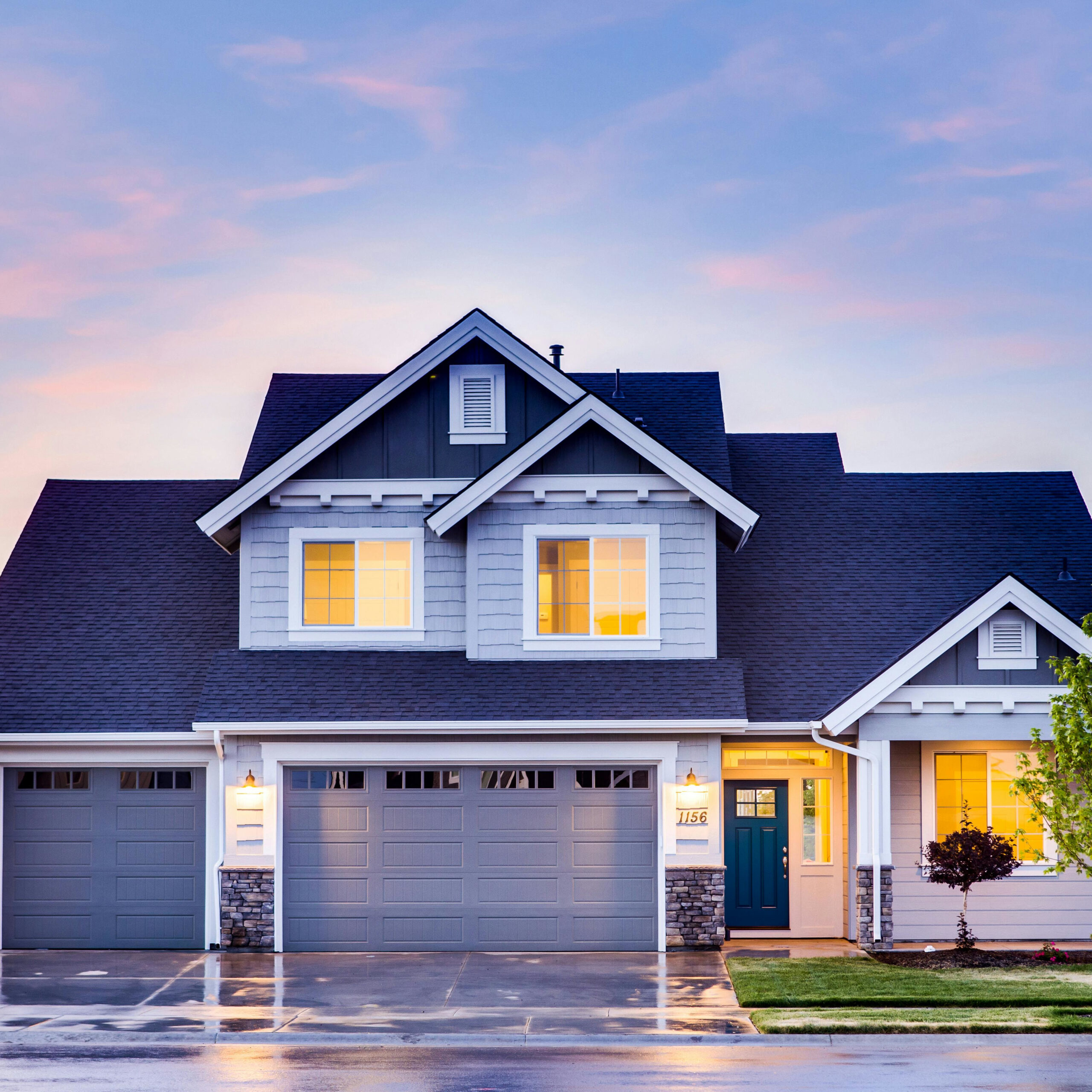
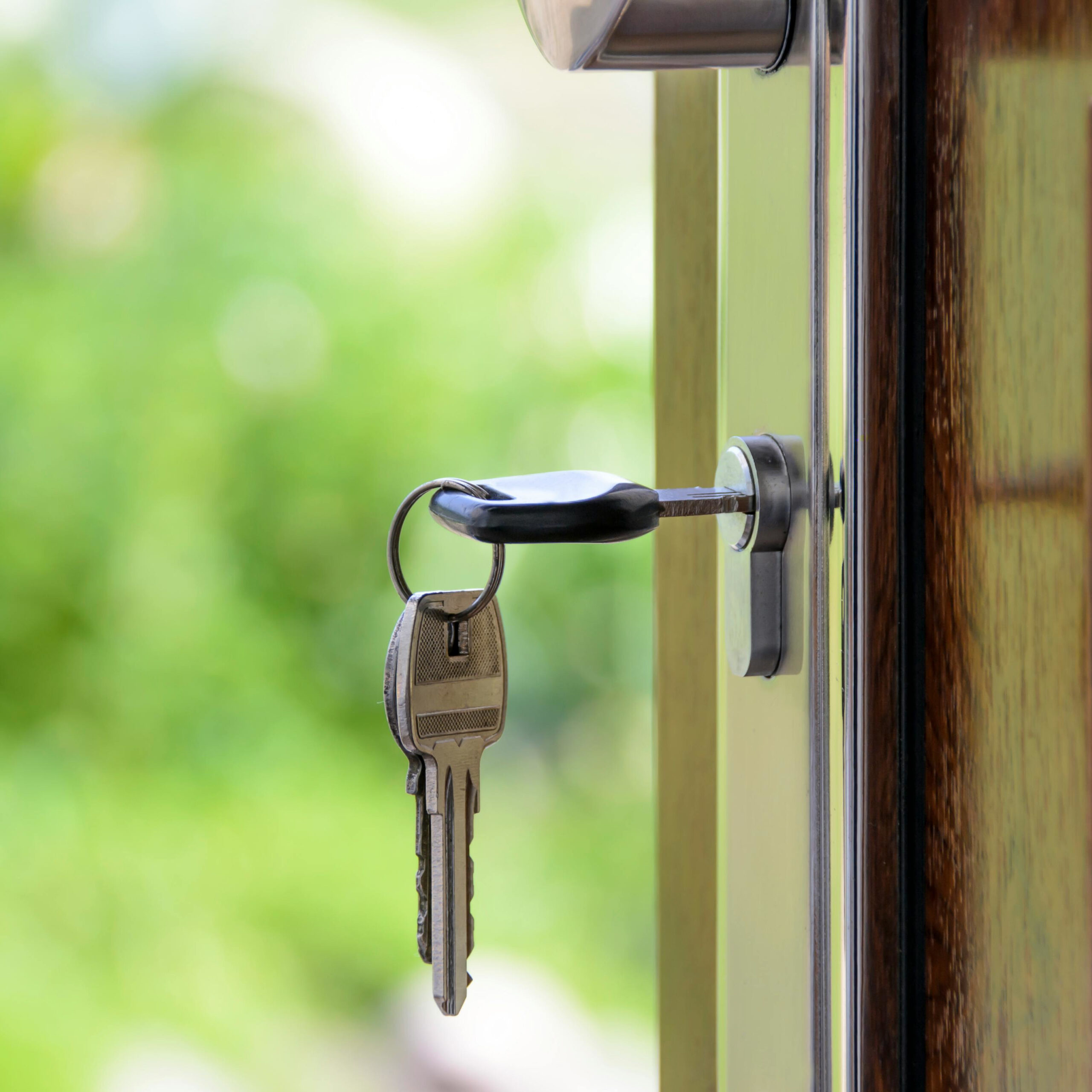
Renters insurance typically provides coverage for:
While not legally mandated, many landlords require renters insurance as a lease condition. Even when optional, renters insurance is highly recommended to protect your personal property and provide liability coverage. It's generally affordable and offers significant peace of mind against unexpected events.
Renters insurance typically excludes:
Motorcycle insurance typically includes several coverage types to protect you and your vehicle:
The requirement for motorcycle insurance varies by state:
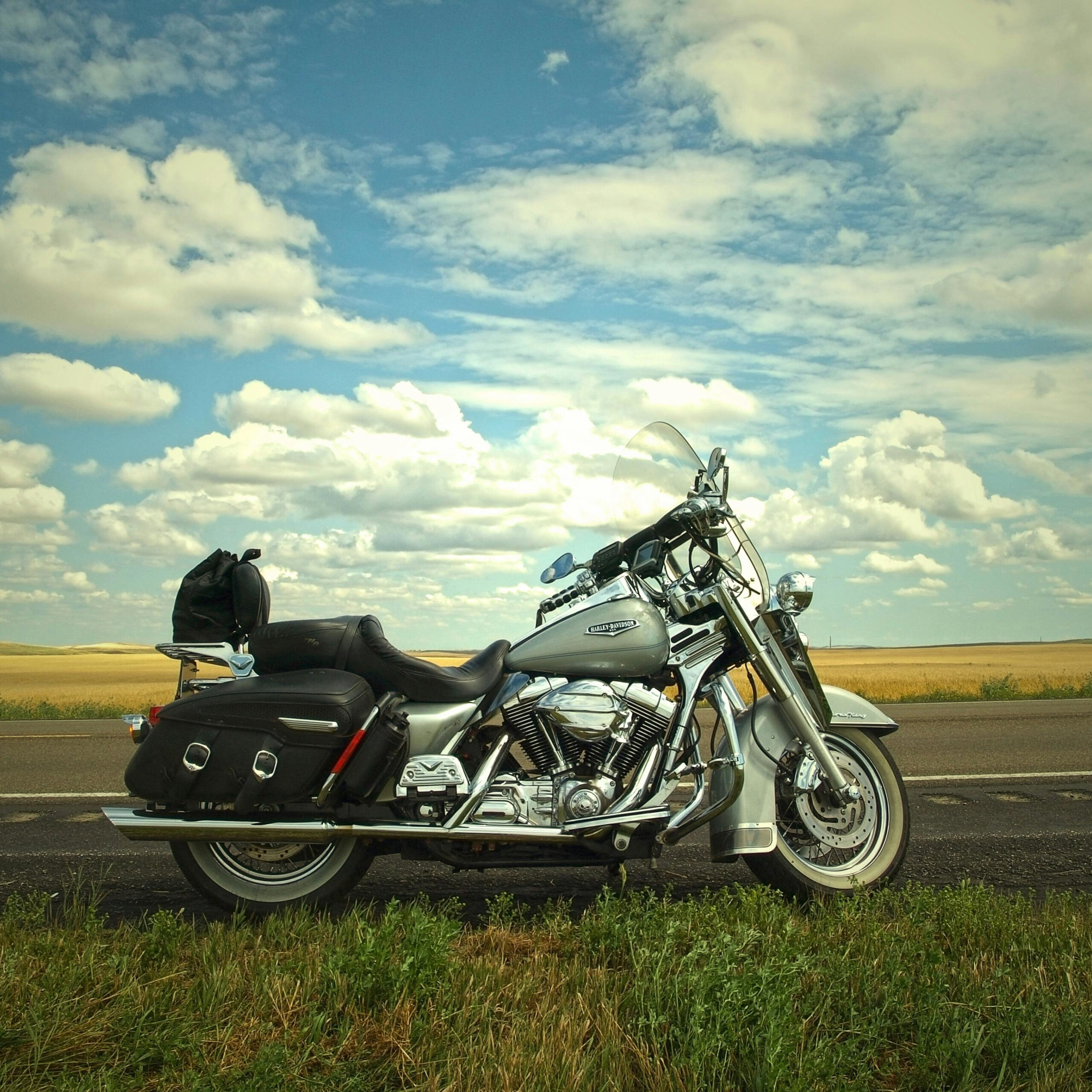
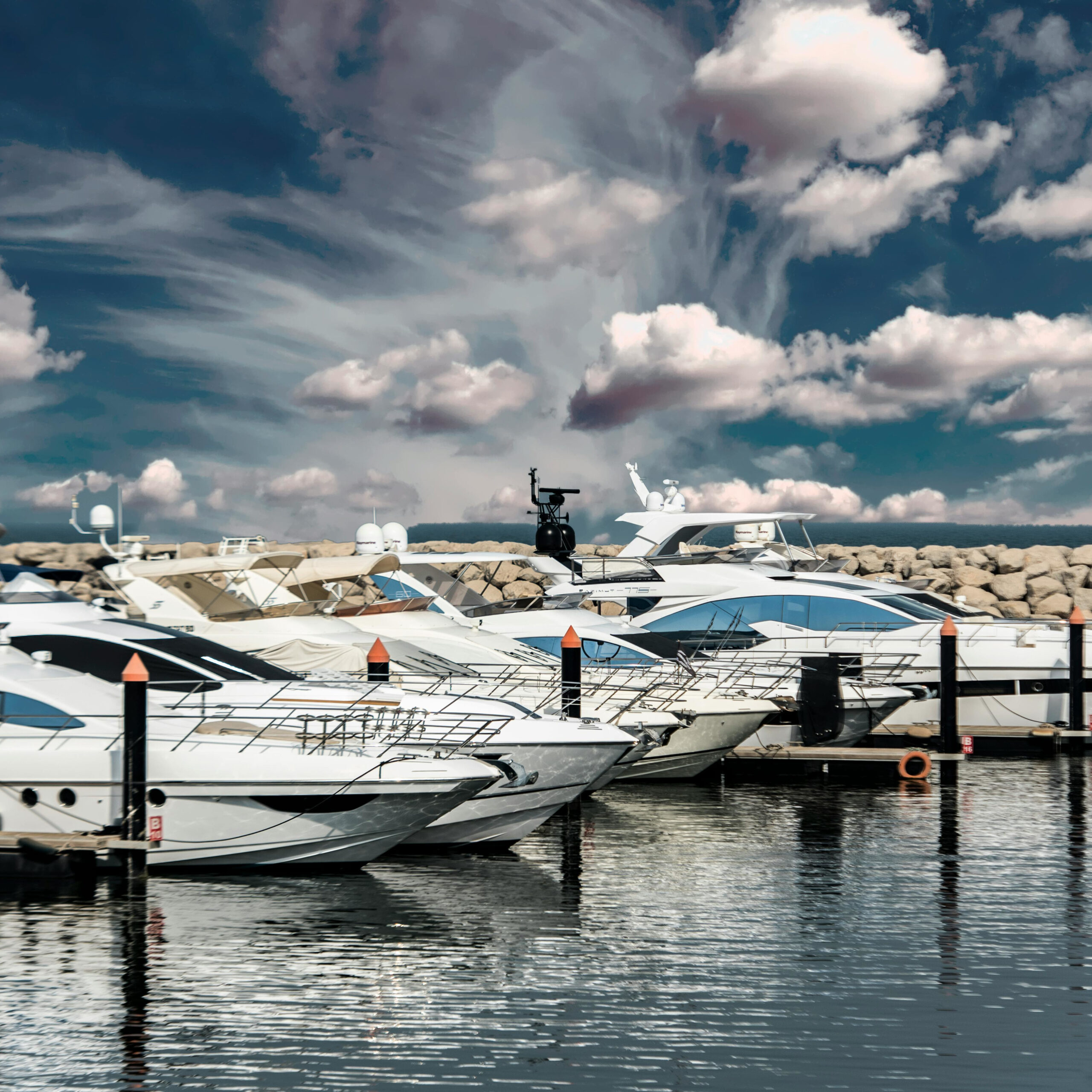
Boat insurance typically provides a range of coverage options, including:
The requirement for boat insurance varies:
Boat insurance premiums are influenced by several factors:
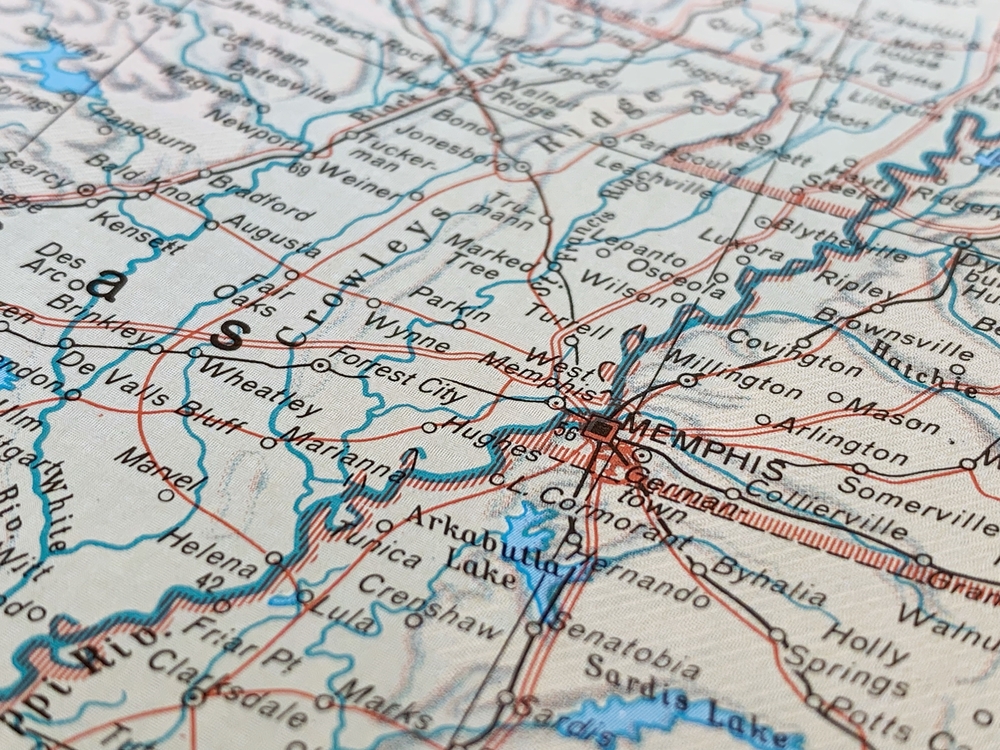
© 2025 Harper-Avery Insurance
4726 Poplar Ave. Suite 4-A, Memphis, TN 38117

© 2025 Harper-Avery Insurance
4726 Poplar Ave. Suite 4-A, Memphis, TN 38117